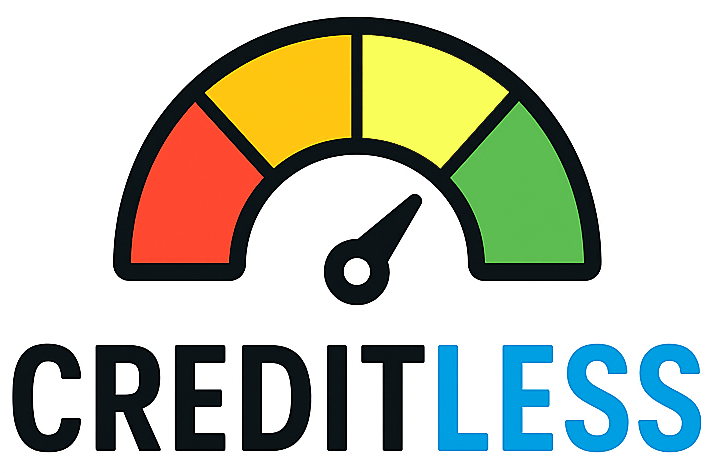Introduction — Why a Checklist Helps
Credit report errors and questionable collection entries are common and can materially lower your score. Taking a structured, documented approach speeds resolution, preserves rights under the Fair Credit Reporting Act (FCRA) and the Fair Debt Collection Practices Act (FDCPA), and creates a paper trail you can use if you need to escalate. A typical dispute cycle is short but precise: consumer submits a dispute, the consumer reporting agency (CRA) notifies the data furnisher, and the furnisher and CRA investigate — usually within a 30‑day window.
This article gives a practical timeline, a step-by-step checklist, sample dispute and validation letters you can adapt, and clear guidance on what to expect at each stage.
DIY Checklist & Timeline (What to do, when)
- Gather documents (Day 0): Pull current credit reports from the three bureaus (Experian, Equifax, TransUnion). Identify inaccuracies (wrong balance, payment history, account not yours, duplicate accounts, outdated collection). Save PDFs/screenshots and copies of supporting documents (statements, proof-of-payment, identity documents).
- Draft and send disputes (Days 0–3): Dispute directly with each CRA that reports the error (online or by mail). Also consider disputing directly with the furnisher (the creditor/collector). Sending both increases the chance of a full investigation. Use certified mail for mailed disputes; keep tracking/return receipt. The CRA must forward the dispute to the furnisher and begin its investigation.
- Investigation window (Days 0–30; possible extension to Day 45): Under the FCRA, CRAs and furnishers generally have 30 days to investigate after receiving a dispute. If you provide additional relevant information during that 30‑day period, the investigation can extend by 15 days (total 45 days). Expect a response (correction, deletion, or confirmation). Keep all incoming correspondence and note the date you received it.
- Receive results & verify (Day 30–45): The CRA must provide the results of the reinvestigation and a free copy of your report if the dispute results in a change. If the disputed item is unverifiable, it must be removed. If it remains, check the investigator's explanation so you can decide whether to escalate.
- Follow up or escalate (After Day 45): If the result is wrong or incomplete, add a brief (up to 100‑word) consumer statement to your report explaining the dispute; file a complaint with the Consumer Financial Protection Bureau (CFPB); and consider sending a formal demand letter or consulting an attorney about a private FCRA claim. Document each step and maintain a timeline log.
Practical tip: track every communication in a single spreadsheet with columns for date sent, method (online/mail/phone), recipient, what you included, response dates, and outcome. This keeps your case organized if you need to escalate.
Templates & Sample Letters You Can Use
Below are compact, customizable examples. Keep letters factual, reference the account/item precisely (account number, bureau, page/section of report), and attach copies of supporting documentation (not originals). Send by certified mail when possible.
Sample dispute letter to a credit bureau
Date Name Address City, State ZIP [Credit Bureau Name] [Address from bureau’s dispute page] Re: File number (if known) / Report for: [Your full name, DOB, SSN last 4 digits] I am writing to dispute the following information on my credit report dated [report date]. The item I dispute is identified below: • Creditor: [Name] — Account #: [xxxx] • Reason: [e.g., “Account listed as 60 days late for March 2024; I paid on March 12, 2024; see attached bank statement.”] Please investigate and correct or remove this item if you cannot verify its accuracy. I have enclosed copies of supporting documentation. Please send me written confirmation of the outcome and a free copy of my updated report if changes are made. Sincerely, [Your name] [Contact info]
(Attach copies: proof-of-payment, bank statements, billing statements, ID.)
Sample dispute letter to the furnisher (creditor/servicer)
Date [Furnisher Name and Address] Re: Account #[account number] To whom it may concern: I dispute the accuracy of the information you furnished to consumer reporting agencies about the account referenced above. Specifically: [explain error in one sentence]. I have attached documentation showing the correct information. Please investigate, correct your records, and notify every consumer reporting agency to which you furnished the inaccurate information. Please provide written confirmation of your investigation and your findings. Sincerely, [Your name] [Contact info]
Debt validation letter to a debt collector (FDCPA)
Date [Collector Name] [Address] Re: Account #[account number] I request that you validate the alleged debt you claim I owe. Please provide the amount, the name of the original creditor, an itemization of charges, and documents showing your legal authority to collect. Until you provide validation, please cease collection and do not report this as verified to credit reporting agencies. Sincerely, [Your name] [Contact info]
Note: A collector’s initial notice must inform you of your 30‑day right to dispute and request validation; respond in writing within that 30‑day window.
When you send letters, include a concise cover sheet listing attachments and label each attachment so reviewers can quickly find the supporting item referenced in your dispute.
